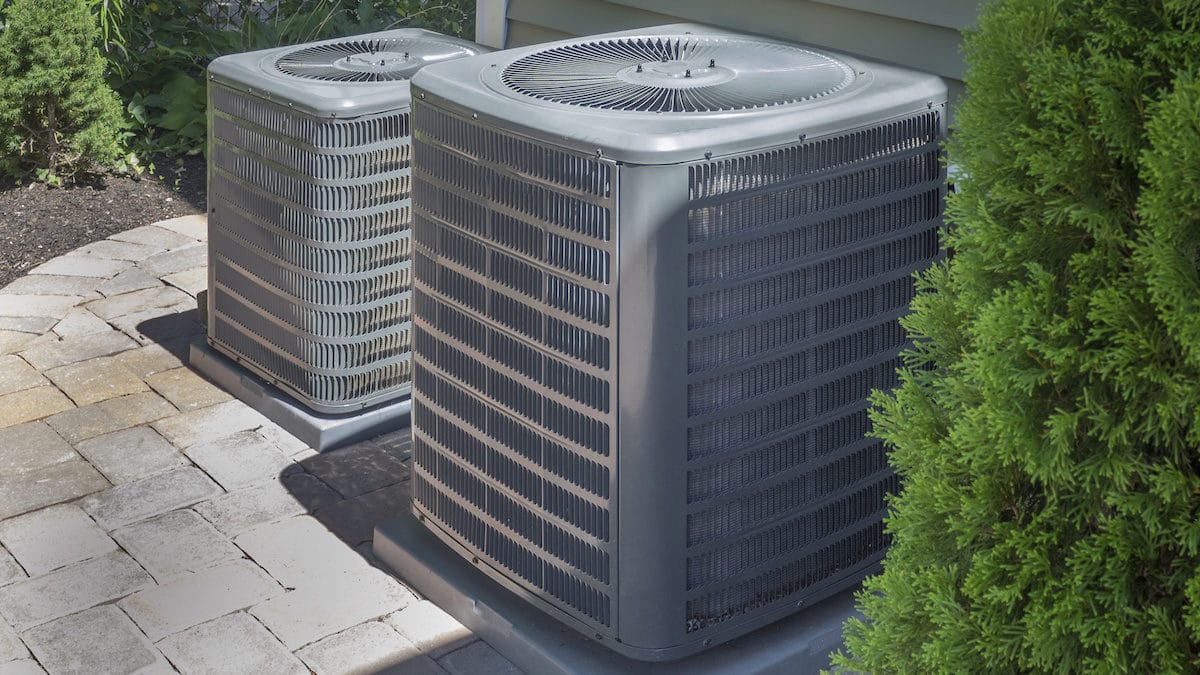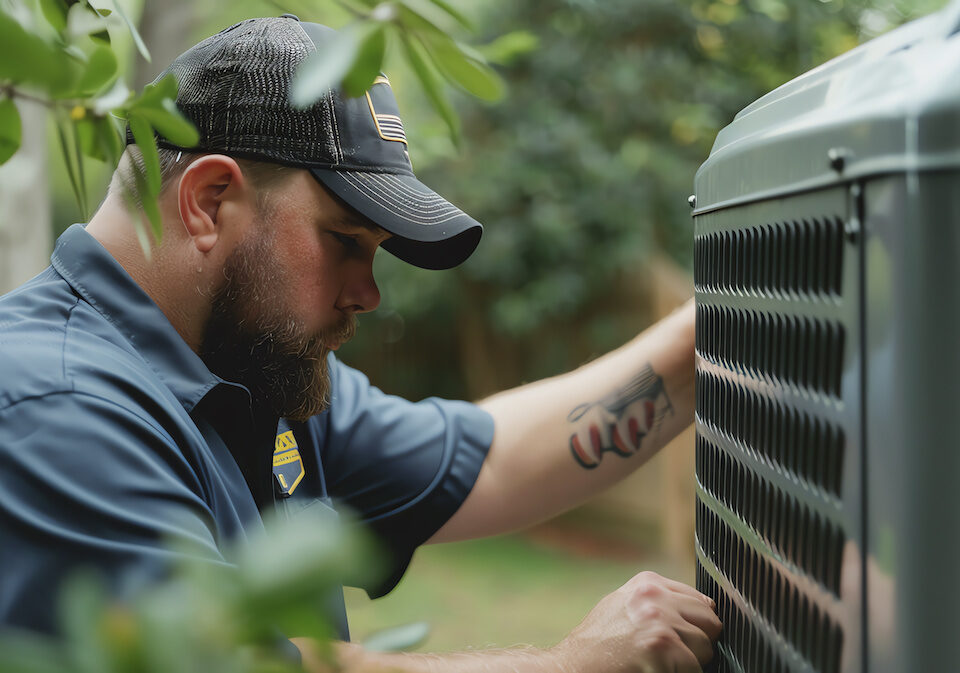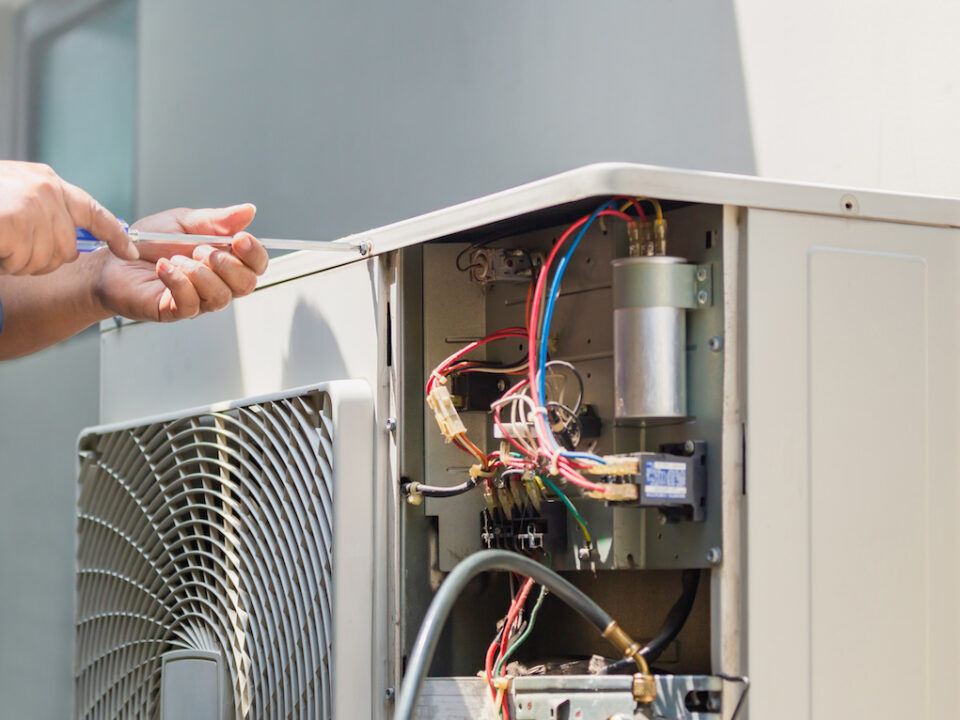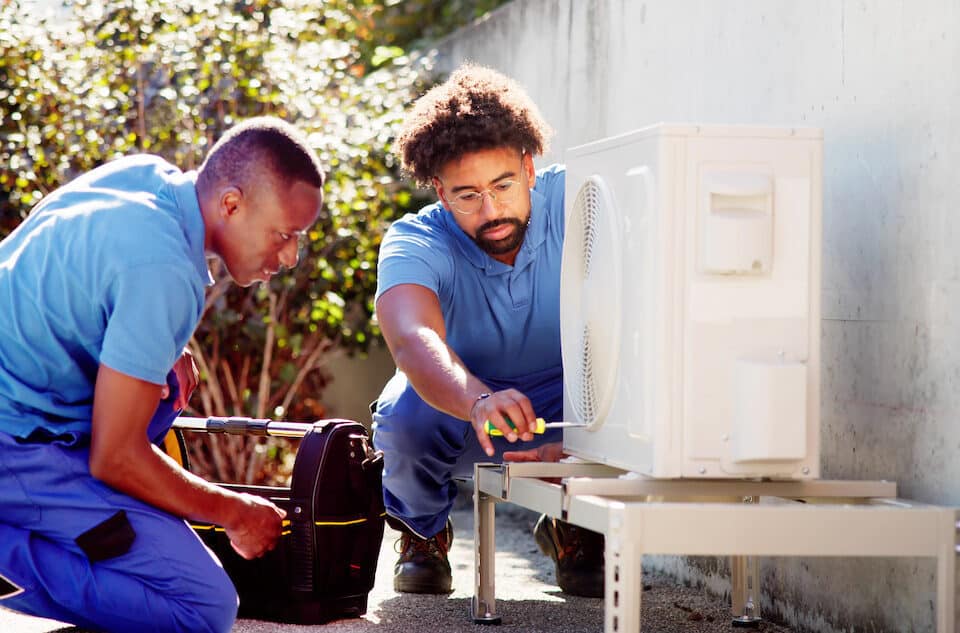Your HVAC System has 8 Components

Having problems with your Heating, Ventilating, and Air Conditioning (HVAC) System? There are many components that warm your home in the winter and cool it in the summer. Here are the main components of your system:
Furnace
This is the KEY component and largest of your HVAC system. It requires a lot of space typically in the basement, attic or designated closet.
It heats a supply of air which is distributed to various rooms of your home through the system. There are four possible sources for the heating process:
- Combustion (burning natural gas, oil, coal, or propane),
- Electric resistance,
- Heat pump, or
- Solar energy
Ductwork
The system of ducts that transports air warmed or cooled by the system to the various areas of your home is called Ductwork. Ducts are commonly made of lightweight aluminum, but can also be manufactured from steel, flexible plastic, polyurethane, fiberglass, or fabric.
Vents
Vents transfer the heated or cooled air from the duct system into the individual rooms of your home. They are made of high- and low-temperature safe metal. The vents are located on or near the ceiling and are usually fronted with angled slats (“vents”). Often, they may be manually controlled or even closed, to control the amount of heating or cooling and the area of the room to which it will be directed.
Thermostat
A faulty control, or thermostat, could keep the system from turning on or could cause it to turn on and off repeatedly. Heat pump problems are often caused by thermostat malfunctions. Usually the most visible part of your HVAC system is the thermostat. Placed on a main, easily accessible wall, it may be either set manually or programmed to keep the home at a desired temperature. When the temperature becomes too hot or cold, the thermostat will trigger the heat exchanger or the evaporator coil-condensing unit combo to begin circulating warmed or cooled air as needed.
Heat exchanger
The heat exchanger is found inside your furnace unit’s housing and switches on when the furnace is activated by thermostat to produce warmer temperatures in winter. It pulls in cool air, heats it, and circulates the resulting heated air via your ducts and out through the vents.
Evaporator coil
The evaporator coil cools the air when your thermostat is set to lower temperatures in summer. It has an opposite role to the heat exchanger. It is located in a metal enclosure on the furnace’s exterior (top or side). The coil operates like an automobile radiator to produce cool air circulated through the ductwork.
Condensing unit
The evaporator coil is connected to the condensing unit. HVAC contractors install it on the outside of your home and filled with refrigerant gas. The condensing unit pumps the liquid to the evaporator coil to be evaporated into a gas once the refrigerant has been cooled to a liquid by heat exchange with the exterior air.
Refrigerant lines
The refrigerant lines are narrow tubes made from a durable heat- and cold-resistant metal such as copper or aluminum. The lines carry a refrigerant substance to the condensing unit vaporized in the form of a gas, and return it to the evaporator coil in liquid form.
The biggest enemy of your home’s heating and cooling system is dirt. It can drastically lower efficiency and waste fuel. Cleaning is the most important part of regular maintenance because it affects all components of the system. Belt adjustment and lubrication at the furnace are also important.
To keep your heating and cooling systems in top shape, have them professionally serviced at least once a year. The best time to have a furnace serviced is at the end of the heating season. Have your air conditioner checked at the same time.
Contact Us
Contact the pros at TRUST Heating & Air to discuss savings tips and free estimates.



